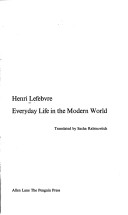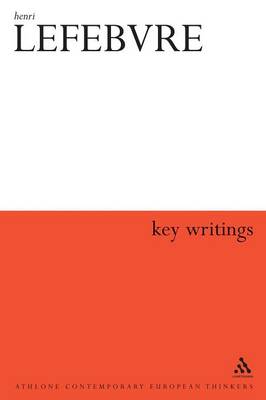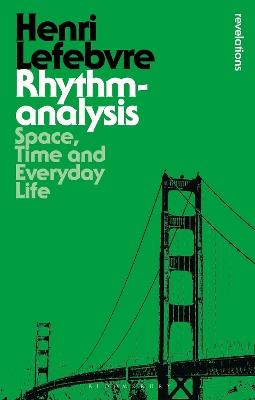Athlone Contemporary European Thinkers S.
3 total works
When Lefebvre's book first appeared in the 1960s it was considered a manifesto for a social movement that focused on the quality of life experi-enced by the individual--by the com-mon man and woman. His emphasis on the quality of life will have even more appeal to those currently living with the problems of inflation, unem-ployment, and dwindling natural re-sources. Basing his discussions on everyday life in France, Lefebvre shows the de-gree to which our lived-in world and our sense of it are shaped by decisions about which we know little and in which we do not participate. He evaluates the achievements and shortcomings of applying variousphilosophical perspectives such as Marxism and Structuralism to daily life, studies the impact of con-sumerism on society, and looks at ef-fects on society of linguistic phenom-ena and various kinds of terrorism communicated through mass media. In his new introduction to this edi-tion, Philip Wander evaluates Lefebvre's ideas by relating many of them to current contexts. He discusses the political and economic aspects of daily life in the 1980s, the work envi-ronment, communications, and the world of science and technology.
Henri Lefebve: Key Writings presents for the first time the full range of Lefebvre's thought. The selection reinforces the centrality of Lefebvre to current debates in social and spatial theory but also sets Lefebvre's work in the context of his broader philosophical and political concerns.The extracts are divided into sections, each separately introduced by the editors: Philosophy and Marxism; Everyday Life and Modernity; The Country and the City; Space, Time and History; Politics. Nearly all the extracts presented here are new translations and most have never appeared in English before.
In the analysis of rhythms - both biological and social - Lefebvre shows the interrelation of space and time in the understanding of everyday life. He moves between discussions of music, the commodity, measurement, the media and the city. In doing so he shows how a non-linear conception of time and history balanced his famous rethinking of the question of space. This volume also includes his earlier essays on "The Rhythmanalytical Project" and "Attempt at the Rhythmanalysis of Mediterranean Towns".


